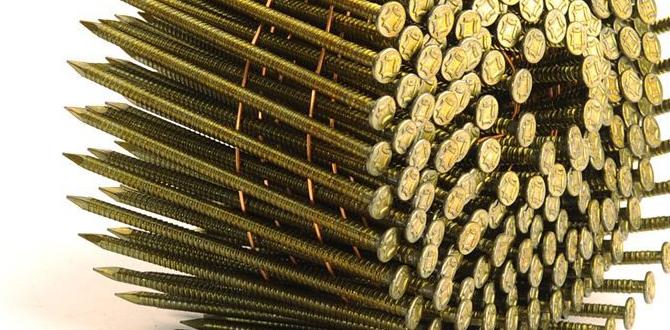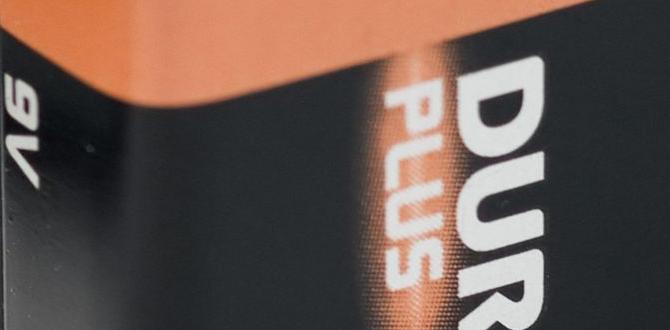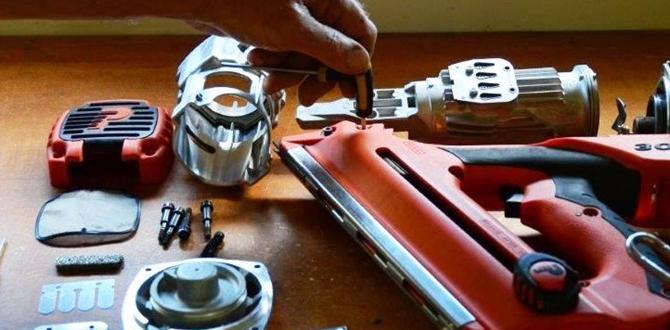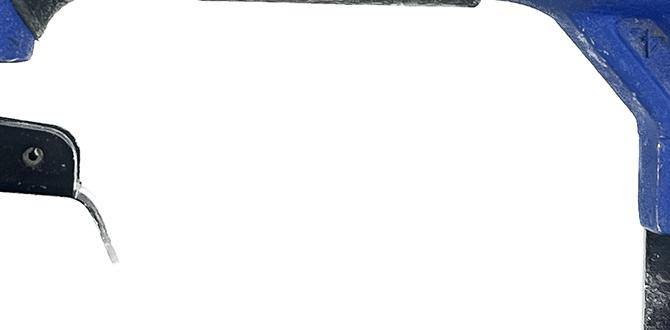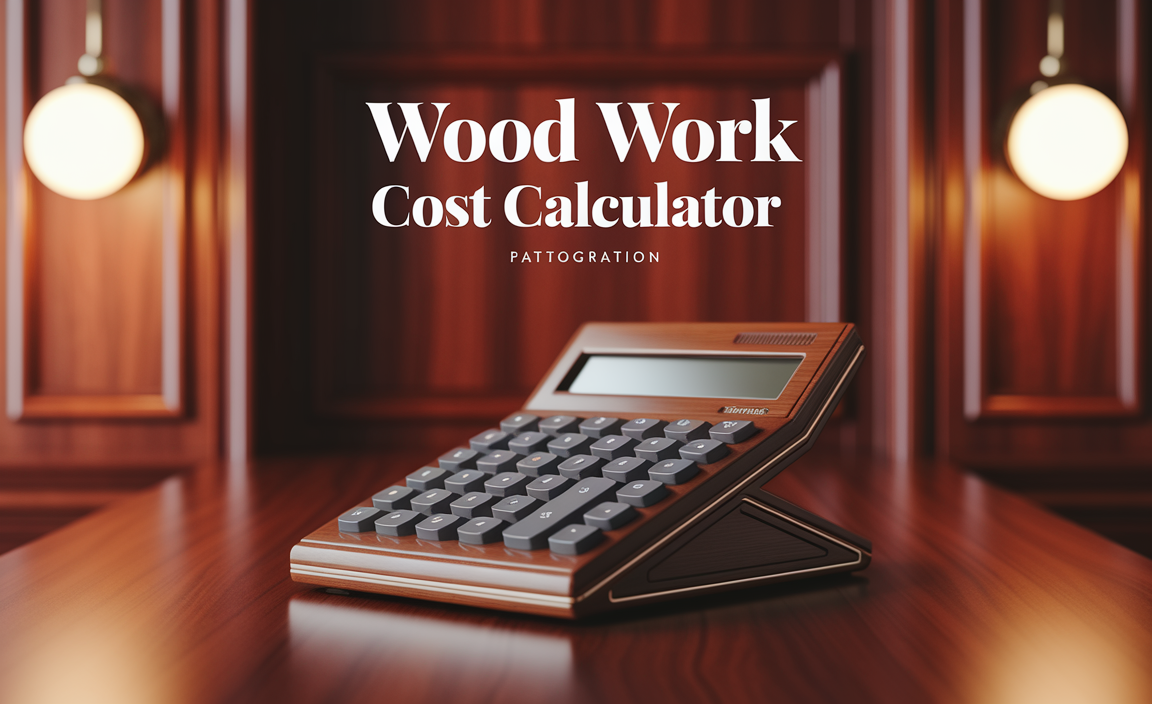Table of Contents
How To Make Wood Stairs Less Slippery: Expert Tips & Tricks Wood Stairs Can Add Warmth And Elegance To A Home, But They Can Also Pose A Safety Hazard When They Become Slippery. Whether You’Re A Homeowner Looking To Improve Your Staircase Or A Diy Enthusiast Seeking Effective Solutions, There Are Numerous Strategies To Increase Traction And Prevent Slips And Falls. Here Are Some Expert Tips And Tricks To Help You Make Wood Stairs Less Slippery And Safer For Everyone. 1. Assess The Current Condition Of Your Stairs Before Implementing Solutions, Take A Close Look At Your Wood Stairs. Check For Any Signs Of Wear, Polish, Or Old Finishes That May Contribute To Slipperiness. Understanding The Specific Areas That Are Problematic Will Help You To Decide On The Most Effective Remedy. 2. Use Non-Slip Treads One Of The Simplest And Most Effective Ways To Improve The Traction On Wood Stairs Is To Install Non-Slip Treads. These Come In Various Materials, Such As Rubber, Vinyl, Or Carpet, And Can Be Cut To Fit The Size Of Your Stairs. They Provide Grip Underfoot And Can Be Easily Removed Or Replaced When Needed. 3. Apply Anti-Slip Coatings Anti-Slip Coatings Are A Great Option For Those Who Prefer Not To Alter The Aesthetic Of Their Wood Stairs Drastically. These Coatings, Available In Matte Or Glossy Finishes, Create A Rough Surface That Increases Friction. Make Sure To Follow The Manufacturer’S Instructions For Application To Ensure Durability. 4. Use Area Rugs Or Runners Adding Area Rugs Or Stair Runners Can Be An Effective Way To Enhance Grip On Wood Stairs. Choose Rugs With Rubber Backing To Keep Them In Place And Prevent Slippage Themselves. Ensure They Are Securely Fastened And Fit Well On Each Step To Maximize Safety. 5. Keep Stairs Clean And Dry Regular Maintenance Is Key To Preventing Slipperiness. Dirt, Dust, And Moisture Can All Make Wood Stairs More Dangerous. Clean Your Stairs Regularly Using A Broom And A Damp Mop, And Promptly Address Any Spills To Minimize Risks. 6. Consider Wood Treatments If You’Re Open To A More Permanent Solution, Consider Applying A Wood Treatment That Enhances Grip. Products Like Anti-Slip Finishes Can Be Mixed Into The Final Coat Of Your Stairs, Providing A Textured Surface That Helps Prevent Slips. 7. Install Handrails While Not A Direct Solution To Slipperiness, Having A Sturdy Handrail Installed Can Significantly Improve Safety. Ensure That Handrails Are At The Correct Height And Offer A Comfortable Grip, Providing Support When Navigating Up And Down The Stairs. 8. Consider Professional Help If You’Re Unsure About How Best To Address The Slipperiness Of Your Wood Stairs, Don’T Hesitate To Consult A Professional. They Can Assess The Hazards And Recommend Tailored Solutions Based On Your Specific Needs. Conclusion Making Wood Stairs Less Slippery Is Essential For Maintaining A Safe And Inviting Home Environment. By Assessing The Condition Of Your Stairs, Using Non-Slip Treads Or Coatings, Keeping The Area Clean, And Considering Additional Safety Measures, You Can Enjoy The Beauty Of Your Wood Stairs While Minimizing The Risk Of Accidents. Implementing These Expert Tips Will Enhance Both Safety And Aesthetics In Your Home.
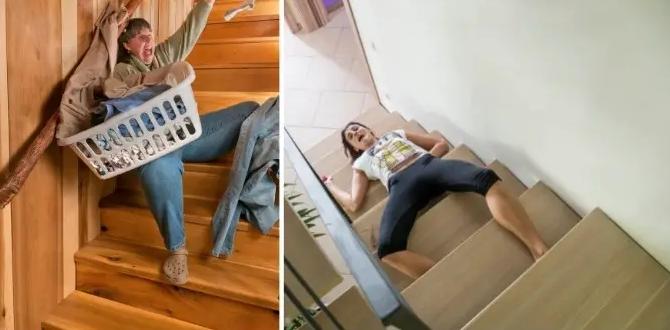
How To Make Wood Stairs Less Slippery: Expert Tips & Tricks
Are you tired of your slippery wood stairs? You’re not alone! Many people face this problem. Luckily, there are easy solutions to make those steps safer. One great trick is adding non-slip treads. They provide grip and can look stylish, too! Another option is to use a special anti-slip spray. Regular cleaning can also help; dust and dirt make stairs slick. Imagine climbing stairs without worries—how great would that feel? Discover these tips and keep your family safe!Understanding the Causes of Slippery Wood Stairs
Analyzing the types of wood that are more prone to slipperiness. Environmental factors contributing to slipperiness (humidity, moisture).Many wooden stairs can feel slippery. Some types of wood are more prone to this. For example, hardwoods like oak and maple may offer a smooth surface, making them more slippery. Meanwhile, softer woods can be rougher and less slippery.
Environmental factors play an important role too. High humidity or moisture from rain can make stairs slick:
- Wet weather increases slipperiness.
- Humidity can prevent wood from drying out.
- Indoor moisture can build up from spills.
Keep these points in mind to make your wood stairs safer.
What types of wood are slippery?
Hardwoods such as oak and maple are often slick, while softer woods like pine are usually less slippery.
Safety Risks Associated with Slippery Stairs
Common accidents that occur due to slippery stairs. Importance of addressing slick surfaces for home safety.Slippery stairs can lead to serious accidents. Many people fall, often resulting in injuries. These accidents happen because of slick surfaces. They are especially dangerous for children and the elderly. Addressing these slip hazards is crucial for home safety. Here are some common accidents:
- Falls can cause broken bones.
- Sprains and strains are also common.
- Head injuries may occur from slipping.
Making stairs safer can save lives. It’s worth taking steps to protect everyone in the home.
What are the common accidents due to slippery stairs?
Common accidents include falls, broken bones, and sprains. These issues often arise from slippery surfaces. Everyone should be careful around stairs to avoid getting hurt.
Effective Solutions to Reduce Slipperiness
Application of antislip coatings and sealants. Pros and cons of using nonslip treads and mats.To tackle slippery wood stairs, antislip coatings are a great choice. These coatings add a rough surface that stops slips in their tracks. However, it’s vital to reapply them every so often. On the other hand, nonslip treads and mats are quick fixes. They stick right on and can look pretty stylish, too! But beware; they might peel off or trap dirt. Here’s a quick comparison:
| Option | Pros | Cons |
|---|---|---|
| Antislip Coatings | Durable, strong grip | Needs reapplication |
| Nonslip Treads | Easy to install, stylish | Can peel off |
Whichever you choose, stay safe and enjoy your first step without that slippery surprise!
Regular Maintenance Tips for Wood Stairs
Importance of cleaning techniques to maintain traction. Recommendations for refinishing and resealing wood surfaces.Keeping your wood stairs clean is important for safety. Regularly cleaning helps maintain traction. Use a soft cloth or broom to remove dust and dirt. Make sure to clean up spills quickly to prevent slips. Additionally, refinishing or resealing is key. This protects the wood and adds grip. Aim to do this every 1-2 years for best results.
What cleaning techniques should I use for wood stairs?
Use a damp cloth or soft broom to clean your wood stairs. Avoid harsh chemicals. Gentle soap mixed with water works well.
Refinishing and resealing tips:
- Choose non-slip products for sealing.
- Follow manufacturer instructions closely.
- Apply in thin layers for an even finish.
Alternative Materials for Slippery Stairs
Comparing wood with other materials like rubber and composites. Visual aesthetics vs. functionality in stair design.When wooden stairs become slippery, you might consider other materials. Rubber is a popular choice because it provides grip. Composite materials are another option; they blend plastic and wood for strength and slip resistance. Both materials can look nice, but how do they compare?
- Rubber is soft and prevents slipping.
- Composites are strong and durable.
- Wood gives a classic look, but slippery.
Think about how your stairs will be used. Will safety be your top priority?
How can I make my stairs safe?
Apply non-slip tape, use rugs, or choose different materials to help make stairs less slippery.
Customizing Your Stair Design for Safety
The role of stair design in reducing slip risks. Creative railing and lighting solutions for enhanced visibility.Your stair design plays a huge part in safety. Think of it as a protective friend. Adding rails can give you a sturdy grip while ascending and descending. You wouldn’t want to slip while trying to impress your cat with fancy moves! Lighting is key, too. Well-lit stairs help your eyes see where you’re stepping. Creative lighting can also make your home feel cozy. Below is a simple table of great design ideas:
| Feature | Benefit |
|---|---|
| Handrails | Better grip and stability |
| Non-slip Treads | Reduce slips on steps |
| Bright Lighting | Improved visibility to see hazards |
Smart design choices can turn your stairs into a safe zone. After all, nobody wants an unexpected slide! Keep it fun and safe!
Homeowner DIY Solutions for Stair Safety
Stepbystep guide for applying antislip materials. Costeffective hacks from homeowners to improve stair safety.Making wood stairs safer is easy with DIY methods at home. You can use materials like anti-slip tape or paint. These help reduce slipping. Here’s how:
- **Clean the stairs**: Remove dust and dirt.
- **Measure and cut tape**: Cut anti-slip tape to fit each step.
- **Apply carefully**: Stick the tape to each stair, pressing down firmly.
- **Use anti-slip paint**: Brush it on for a rough finish.
These solutions are cost-effective and quick. Many homeowners use them. They help keep families safe every day.
What is the best way to improve stair safety?
The best way to improve stair safety is to add anti-slip materials. These can be tape or special paint. Both options are easy and affordable.
When to Seek Professional Help
Signs that indicate you should consult a contractor. Benefits of hiring a professional for safety assessments and installations.Sometimes, it’s better to get help. Here are some signs it might be time to call a pro:
- Your stairs are uneven or squeaky.
- There are visible cracks or damage.
- Family members keep slipping and falling.
Hiring a professional has many benefits. They can check safety issues and suggest the best anti-slip solutions. Their experience with installations makes stairs safer for you and your loved ones.
When should you call a contractor for help?
Call a contractor if your stairs show damage, or if anyone in your home has fallen. A pro can help prevent future accidents.
Conclusion
In conclusion, making wood stairs less slippery is easy with a few expert tips. You can add non-slip mats, use anti-slip coatings, or simply keep them clean. Regular maintenance helps too. By following these steps, you’ll enhance safety in your home. Don’t hesitate to explore more methods to protect your family and friends on those stairs!FAQs
What Are Effective Ways To Increase Traction On Wooden Stairs To Prevent Slipping?You can make wooden stairs safer and less slippery. One way is to use non-slip strips or tape. These are sticky and add grip. You can also use a carpet runner that covers the stairs. Finally, remember to keep the stairs clean and dry.
Are There Specific Types Of Non-Slip Coatings Or Treatments That Work Best For Wood Stairs?Yes, there are special coatings for wood stairs that help stop slipping. You can use anti-slip paint. It goes on like regular paint but has tiny particles that make it rough. Another option is anti-slip tape, which you can stick on the steps. Both choices make your stairs safer!
How Can I Use Rugs Or Mats To Enhance Safety On Wooden Staircases?You can use rugs or mats to make wooden staircases safer. Choose non-slip mats that stick to the stairs. Place them on each step to stop slipping. Make sure they fit well and don’t move around. Check the mats often to keep them clean and safe!
What Maintenance Tips Can Help Keep Wooden Stairs From Becoming Slippery Over Time?To keep wooden stairs from getting slippery, we can do a few things. First, we should clean the stairs often to remove dirt and dust. Next, we can use a special cleaner made for wood. If the stairs are really slippery, we can add rubber mats or grip tape for more safety. Finally, check and fix any loose or damaged steps to keep them safe to use.
Are There Any Diy Methods To Make Wood Stairs Less Slippery Without Compromising Their Aesthetics?Yes, we can make wood stairs less slippery and keep them pretty. You can use a non-slip tape that sticks to the stairs. You can also paint the stairs with a special non-slip paint. Adding decorative rugs or mats can help too. Just make sure they match the stairs to keep them looking good!
